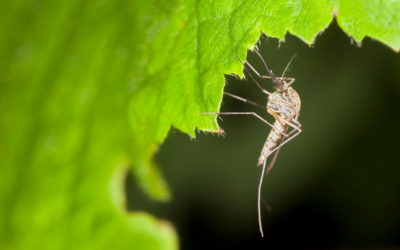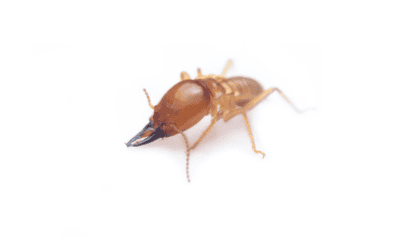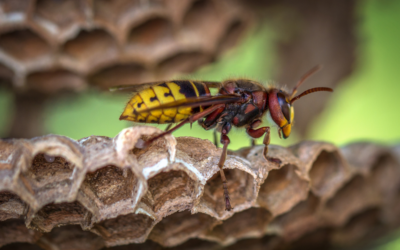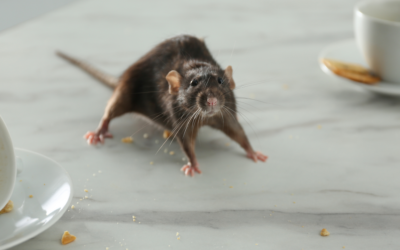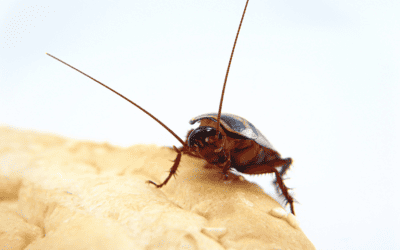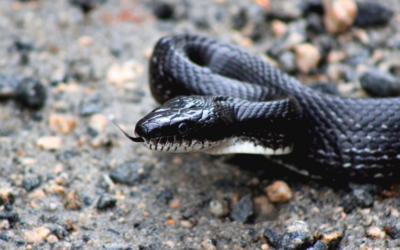ASK THE MOUSE
A pest control blog with helpful, home-healthy tips and information on all things pests. Trust the Mouse to protect your house!
10 Backyard Mosquito Control Tips
In the balmy summers of Georgia, spending time outdoors is practically a way of life. From backyard barbecues to lazy afternoons by the pool, outdoor living is cherished. However, there's one persistent buzzkill that can put a damper on these activities: mosquitoes....
How Can I Prevent Drywood Termites in Florida?
Drywood termites might seem like their counterpart, the subterranean termite, but they couldn’t be more different. Instead of surviving off moisture like subterranean termites, drywood termites seek dry wood for their food source. Once these termites find a place to...
Common Stinging Insects: A Guide
Georgia's warm climate and lush landscapes make it a haven for various insects, including some that pack a painful sting. While many of these stinging insects play crucial roles in our ecosystem, encountering them in and around our homes can be alarming and...
Strategies For Rodent Control
Rodents, while small in stature, can wreak havoc on homes in Georgia, posing risks to both property and health. From sneaky mice to persistent rats, these unwelcome guests can contaminate food, damage structures, and spread diseases. If left unchecked, a rodent...
How Can I Stop Roaches in My Florida Home?
Cockroaches are one of the most common household pests that Florida residents will deal with. While these pests won’t cause structural damage, they can be a health risk to you and your family as they will transmit diseases and contaminate food. Spotting a roach inside...
Snake Removal: A Guide to Getting Rid of Snakes
Snakes, with their slithering presence and sometimes unnerving appearance, can be a concern for homeowners in Georgia. Whether you stumble upon one in your yard or suspect they might be lurking nearby, knowing how to handle these reptiles safely and effectively is...
LOCATIONS
We have service centers throughout Georgia, Tennessee, Alabama, Florida, North Carolina, and South Carolina.
HOURS
Service Centers: M-F 7:30AM - 5:00PM
Customer Care: M-F 6:30AM - 5:30PM

